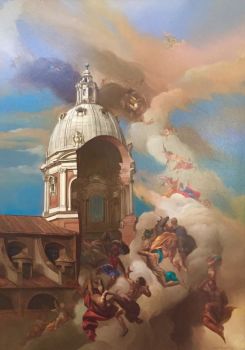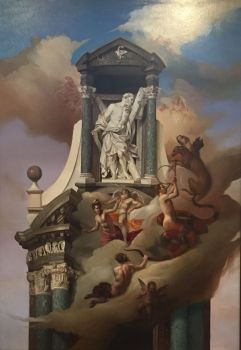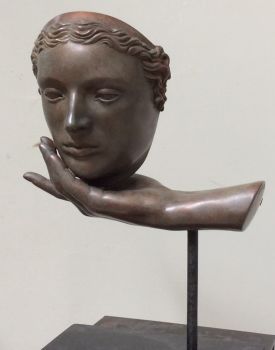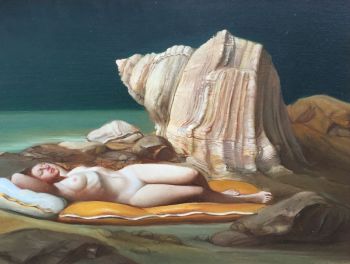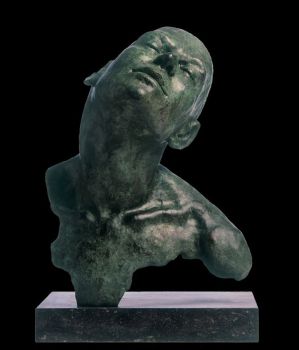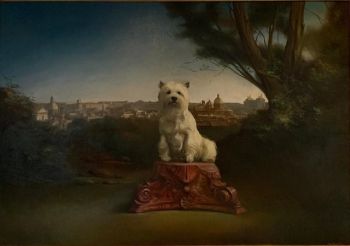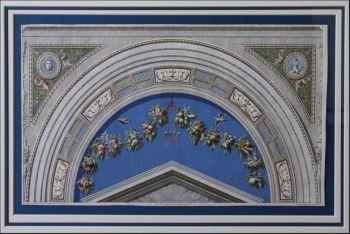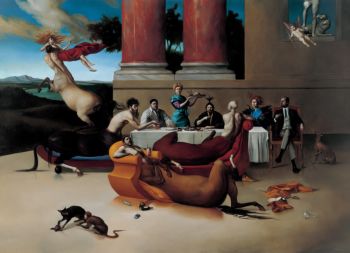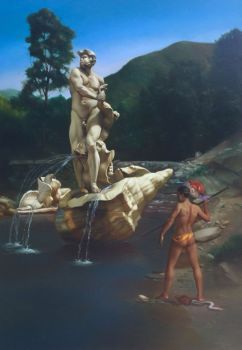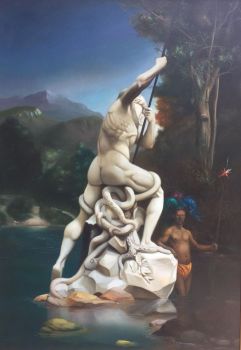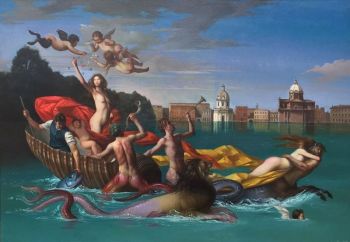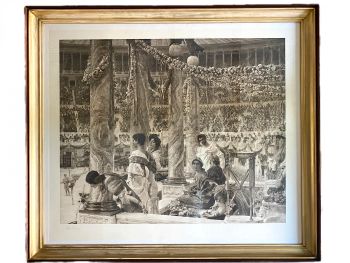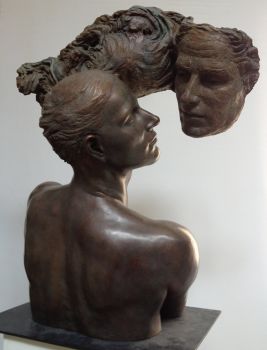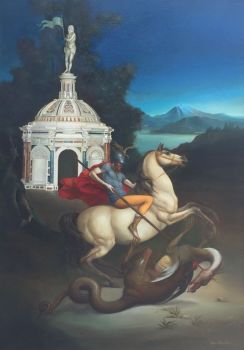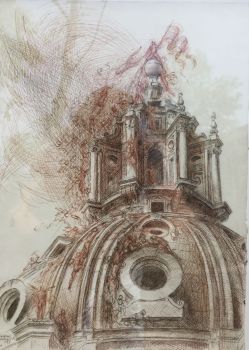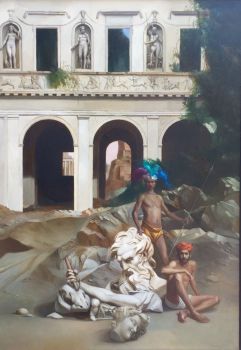Neoclassicism in art
Neoclassicism is an artistic movement that emerged in the 18th century as a reaction against the excessive ornateness of the Baroque and Rococo styles. It is a revival of the classical art of ancient Greece and Rome, emphasizing clarity, simplicity, and rationality. Neoclassicism played a significant role in the development of art and has influenced many artists throughout history. In this article, we will discuss the role of neoclassicism in art and its impact on the world of art.
Neoclassicism is a style that is characterized by its adherence to the principles of ancient Greek and Roman art. It emphasizes clarity, simplicity, and rationality, and it seeks to capture the ideals of classical art in a modern context. Neoclassicism also values the use of classical forms and motifs, such as columns, pediments, and friezes, in architecture and art.
One of the main contributions of neoclassicism to art is its emphasis on clarity and simplicity. Neoclassical artists sought to strip away the excesses of the Baroque and Rococo styles and to create a more rational and balanced art. This emphasis on clarity and simplicity can be seen in the works of neoclassical painters such as Jacques-Louis David, who used simple and clear lines to create powerful and emotional images.
Neoclassicism also played an important role in the development of Western art. Many of the great artists of the 18th and 19th centuries, such as Johann Joachim Winckelmann, Antoine Watteau, and Johann Wolfgang von Goethe, were inspired by the classical art of ancient Greece and Rome. They sought to emulate the ideals of classical art in their own work, resulting in some of the greatest masterpieces of art history.
In architecture, neoclassicism has been used to create some of the most iconic buildings in the world. The use of columns, pediments, and other classical elements can be seen in many famous buildings, such as the United States Capitol, the Royal Palace of Madrid, and the Brandenburg Gate. These buildings reflect the ideals of neoclassicism, with their simplicity, clarity, and rationality.
Neoclassicism has also been influential in literature and music. Many writers and composers have been inspired by the ideals of neoclassical art, seeking to capture its clarity and simplicity in their own work. The works of writers such as Jane Austen and Johann Wolfgang von Goethe, as well as composers like Wolfgang Amadeus Mozart and Ludwig van Beethoven, reflect the influence of neoclassicism.
In conclusion, neoclassicism has played a significant role in the development of art, architecture, literature, and music. Its emphasis on clarity, simplicity, and rationality has inspired many artists throughout history. Neoclassicism remains an important and influential style in art today, and its legacy can be seen in some of the greatest masterpieces of all time.
* Image in the header, painting by Jacques-louis, David: era of neoclassicism


